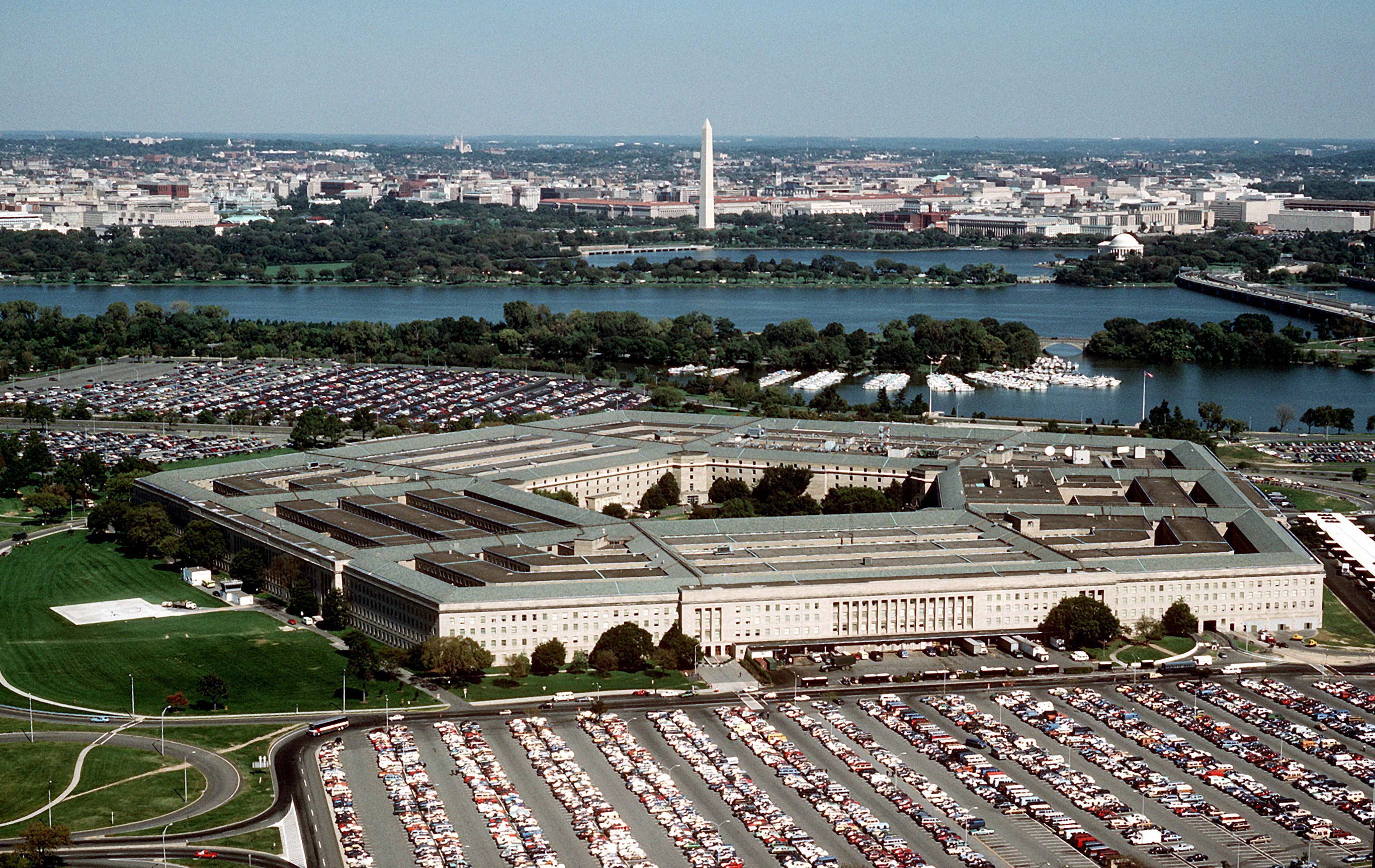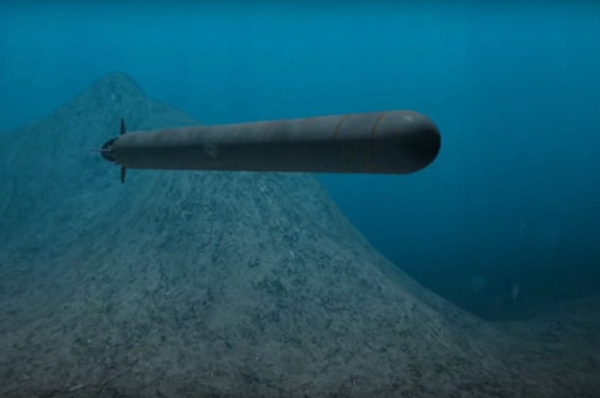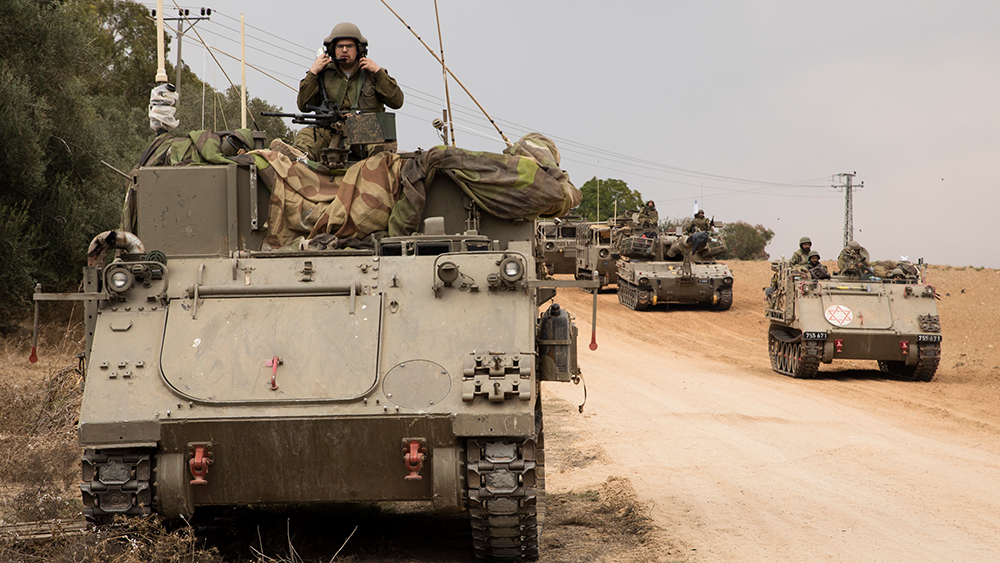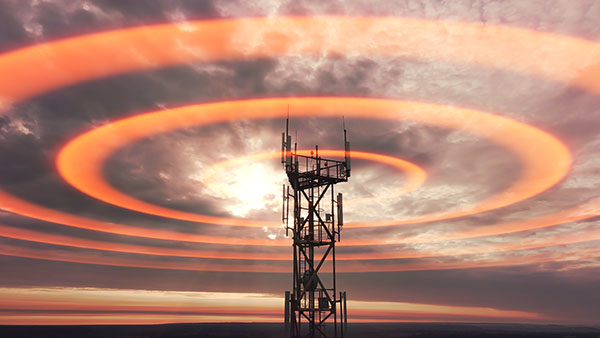 Parler
Parler Gab
Gab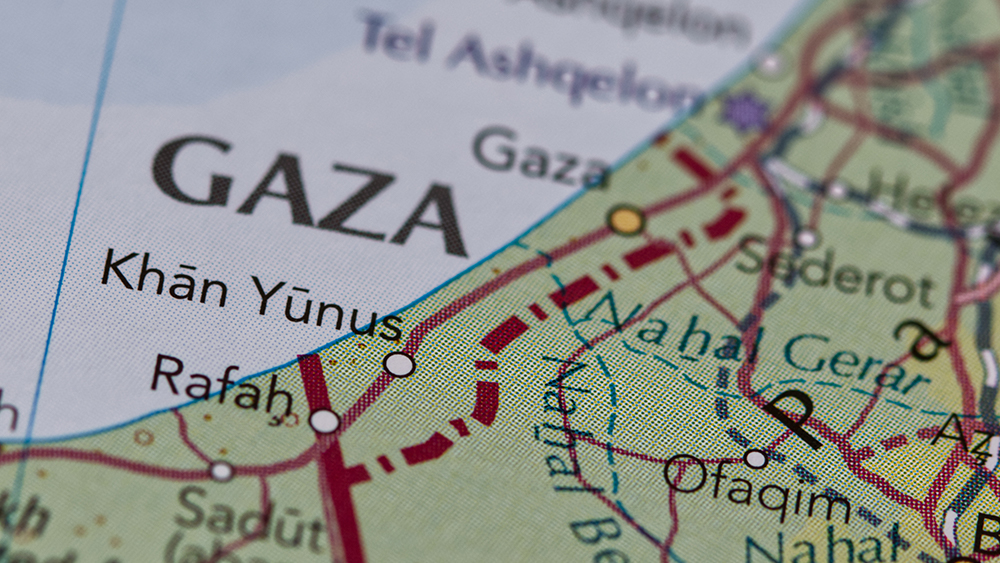
- The U.S. and Israel are considering dividing Gaza into separate zones—one controlled by Israel and the other by Hamas—with reconstruction aid restricted to Israeli-held territory until Hamas disarms. Jared Kushner framed this as incentivizing disarmament while providing relief to Gazans.
- Arab mediators warn the plan risks legitimizing indefinite Israeli occupation, mirroring the West Bank's fragmented governance. They oppose peacekeeping forces under these terms and fear permanent territorial division and settlement expansion.
- Israeli Finance Minister Bezalel Smotrich advocates re-establishing Jewish settlements in Gaza, heightening Palestinian fears of permanent displacement and ethnic cleansing.
- Analysts compare the plan to Israel's West Bank strategy, where settlements undermined Palestinian statehood. Past attempts to create Hamas-free zones collapsed into chaos, raising doubts about coercive reconstruction tactics.
- The plan hinges on untested assumptions—whether Gazans will relocate to Israeli-controlled areas and how Hamas will respond to economic pressure. With Arab leaders resistant and Israeli hardliners pushing expansion, the proposal faces major hurdles and risks deepening Gaza's humanitarian and political crisis.
Historical parallels and political risks
Analysts compare the proposal to Israel's West Bank strategy, where military control and settlement expansion have undermined prospects for a cohesive Palestinian state. Critics argue that dividing Gaza could deepen humanitarian crises while failing to address Hamas' entrenched power. "Gaza has represented the only patch of territorial contiguity for a Palestinian state," said Tahani Mustafa of the European Council on Foreign Relations. "A plan like this could end up creating what Palestinians feared." Past attempts to carve out Hamas-free zones in Gaza—such as Israeli-backed aid distribution areas—have collapsed into chaos, with civilians caught in crossfire. The new plan's viability hinges on untested assumptions, including whether Palestinians would relocate to Israeli-controlled areas and how Hamas would respond to economic pressure. The U.S.-backed proposal reflects a gamble: that reconstruction can be weaponized to weaken Hamas without triggering broader conflict. Yet with Arab leaders resistant, Palestinians distrustful and Israeli hardliners pushing for settlements, the plan faces steep hurdles. As ceasefire tensions simmer, the Trump administration must navigate a path that avoids further fracturing Gaza—or risk entrenching the very divisions it seeks to resolve. Watch the video below that talks about Hamas disarmament. This video is from Brachaim's channel on Brighteon.com.Sources include:
News.AntiWar.com WSJ.com BrightU.ai Brighteon.comThe algorithm saw a gun: When AI surveillance turns a snack into a threat
By Ava Grace // Share
Russia tests “unstoppable” Poseidon nuclear torpedo capable of triggering RADIOACTIVE tsunamis
By Kevin Hughes // Share
Poll: Majority of Palestinians oppose Hamas disarmament, skeptical of Trump’s Gaza plan
By Belle Carter // Share
Soaring memory problems in youth linked to unprecedented wireless radiation exposure
By Ava Grace // Share
Governments continue to obscure COVID-19 vaccine data amid rising concerns over excess deaths
By patricklewis // Share
Tech giant Microsoft backs EXTINCTION with its support of carbon capture programs
By ramontomeydw // Share
Germany to resume arms exports to Israel despite repeated ceasefire violations
By isabelle // Share

